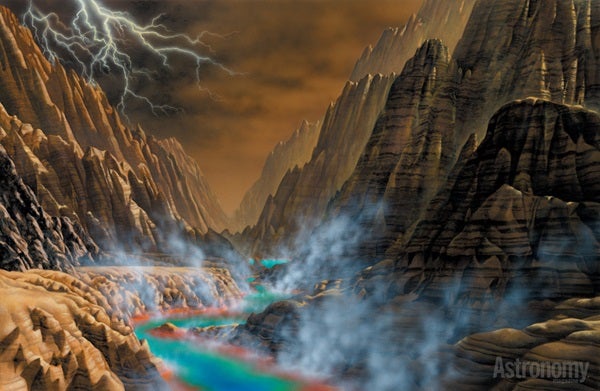Relatively simple physics can explain what would happen when a space rock strikes our home planet. If astronomers know the object’s trajectory (and thus its speed and impact angle), diameter, and density, they can calculate how much energy it will release when it hits. A website application called “Impact: Earth!” (www.purdue.edu/impactearth) — developed by planetary scientist Jay Melosh of Purdue University in West Lafayette, Indiana, and his colleagues — lets you assess the effects of any such collision. Start by plugging in values for the impactor’s diameter, density, speed, and impact angle. Next, tell the application whether the object will hit water or rock. Finally, enter your distance from the impact site. If you’re anything like me, this website will provide hours of entertainment as you explore different impact scenarios.
Of course, the fate of humanity in the distant future rests in the hands of the Sun. With time, our star grows bigger, brighter, and warmer. The changes are imperceptible from one year to the next, but over the course of tens or hundreds of millions of years, they add up significantly. Life likely will have to find a new home within 1 to 2 billion years. The July 2007 issue of Astronomy detailed these solar changes in “Earth’s deadly future.”










